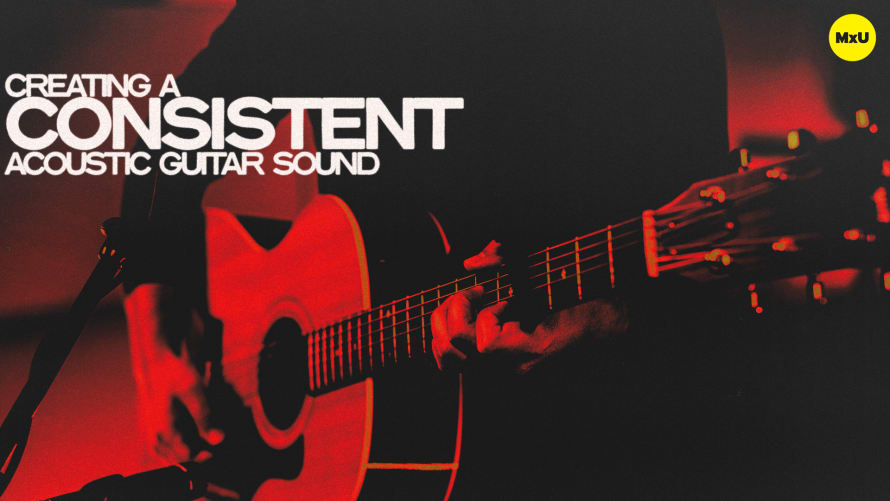Bass-ics
More in MxU
Delve into the essentials of bass processing. Focus on achieving a balanced, clear, and powerful bass sound. Explore practical techniques for enhancing the bass in a mix. Ensure it complements the overall audio experience. Discover the importance of the instrument's quality, the player's technique, and the role of engineering in shaping the perfect bass tone.
Key Points:
- Before considering sub frequencies or ultra-low-end sounds, it's crucial to prioritize the clarity of bass notes.
- The quality of the Direct Input (DI) significantly impacts the bass tone. The bass player's technique also has a big impact. A high-quality DI and a player who can produce a strong, clear tone are ideal.
- Regular string maintenance is essential for bass clarity. Old strings can lead to a muffled sound. Brand-new strings set up incorrectly can create an excessively clicky tone.
- A good bass guitar, played well, typically requires minimal processing. If the bass is high quality and well-played, it should naturally blend into the mix without needing much adjustment.
- Using a high-pass filter on the bass can clean up the mix. It prevents low-frequency clutter from entering the subwoofers.
- A low-pass filter can be useful for eliminating high-frequency noise and hiss. They don't contribute to the bass sound.
- Adjusting high-mid frequencies (around 1k to 1.5k) can enhance the presence and pointedness of the bass notes.
- Compression is a key tool for bass processing. It helps even out the volume differences between notes. This maintains a consistent sound.
- Setting the correct attack and release times on the compressor is critical. It preserves the bass's transients and ensures a natural sound.
- You can use the compressor's output gain to compensate for gain reduction. It can also enhance the bass's growl and low-end presence.











